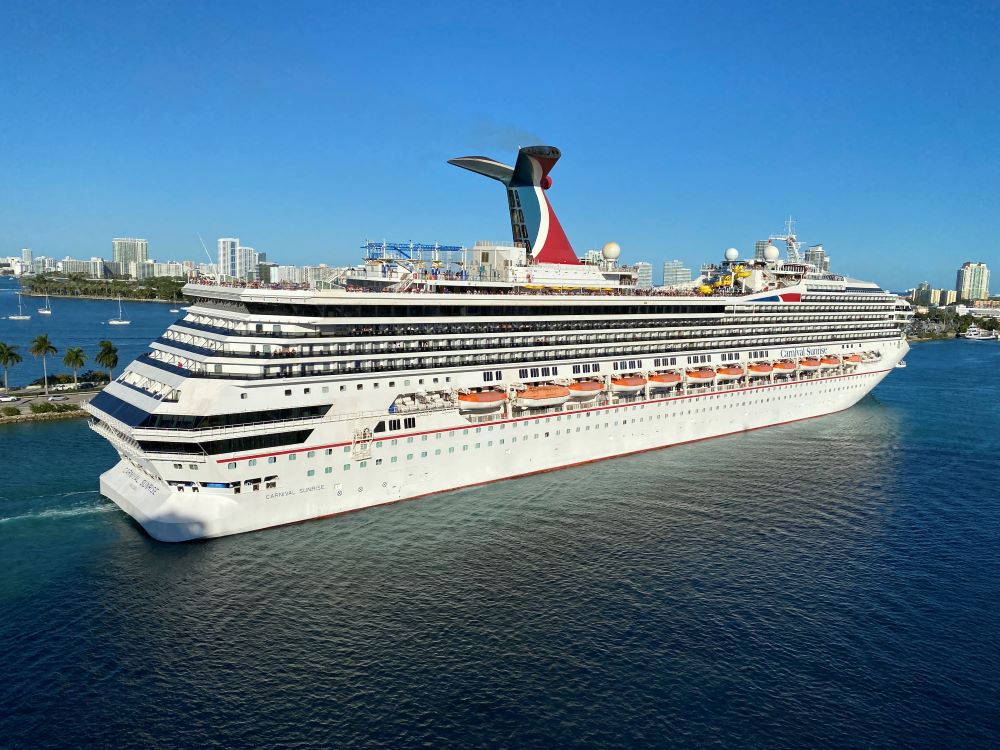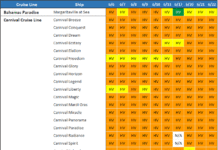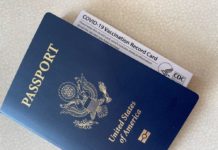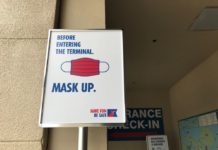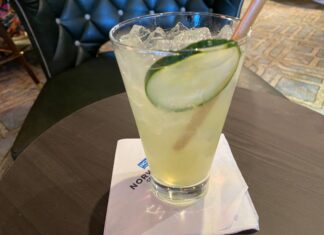Nearly every cruise ship — 110 of 113 currently tracked by the CDC — has opted into the health agency’s voluntary “COVID-19 Program for Cruise Ships” by the February 18 deadline. This means the ships will continue to abide by the CDC’s health requirements, including standards for vaccination, testing, reporting and more.
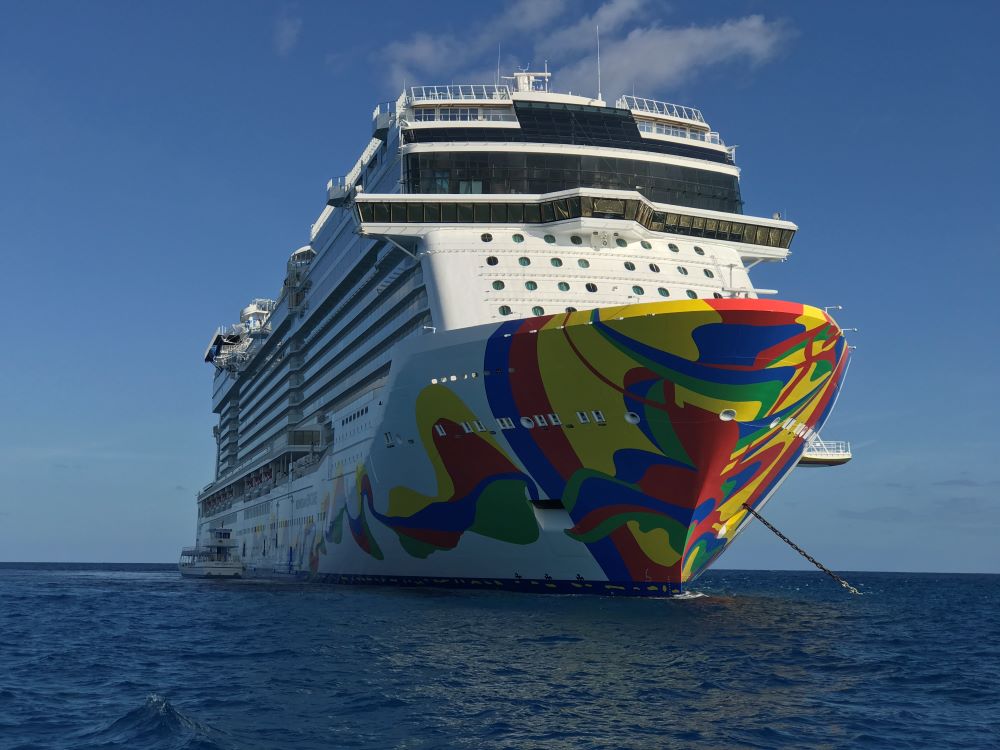
A Voluntary Program to Replace Past Orders
For months since they returned, cruise lines sailed under the guidance of the CDC’s Conditional Sailing Order (CSO) — a program that outlined the rules and requirements to sail safely during the pandemic. These rules were first put in place in late 2020.
Since then, cruises returned, battled through waves of Delta and Omicron variants, and have largely been successful in keeping those onboard healthy despite the obstacles.
Absolutely cases have been found on ships among both passengers and crew, including a reported 5,000 people during the last half of December as the Omicron variant spread around the world. But the vaccine requirements, testing, masking, and more, also kept cases lower than they would be otherwise.
And with the Omicron wave subsiding, so too have cases on cruise ships according to both cruise executives and the CDC’s color-coded daily reports.
After a brief extension of the Conditional Sailing Order until mid-January, the CDC’s order no longer became a requirement. Since then, cruise lines have continued to follow the protocols already put in place anyway.
Even so, the CDC announced earlier this month that it would have a new “COVID-19 Program for Cruise Ships.” This program again lays out the ground rules for what cruise ships are required to do to sail safely if they plan to “opt-in,” but participation is voluntary.
Despite the program being voluntary to join, cruise lines who inform the CDC they will join are required to follow all recommendations.
Differences Between the Voluntary Program Versus the CSO
While many of the requirements of the new rules mirror what cruise lines have done for months, there were some significant changes.
First was a move to put ships into three different tiers based on vaccination status. This includes:
- Not Highly Vaccinated: These are ships sailing with less than 95% of passengers and crew fully vaccinated.
- Highly Vaccinated: Ships with at least 95% of passengers and crew fully vaccinated, but less than 95% considered “up to date” with their vaccines. “Up to date” means having a booster dose of Pfizer or Moderna if eligible.
- Vaccination Standard of Excellence: This new category encompasses ships that have at least 95% of passengers and crew “up to date” with their COVID vaccines.
Note: A recent change to the program excludes kids under five from the 95% calculation.
Another rule lays out different quarantine guidelines (which have already been revised since the initial program was announced earlier this month). In this case, ships opting into the program have to quarantine close contacts of positive cases either five or ten days, depending on whether or not the person is up to date on shots.
Those who are current on their vaccine — meaning they’ve had their booster shot if eligible — have more relaxed quarantine rules if they are a close contact, assuming they are asymptomatic.
After a Slow Start, The Vast Majority of Ships Opt In
Leading up to the February 18 deadline, few ships opted in. Only those cruise lines operated by Norwegian Cruise Line Holdings Ltd. — encompassing about 20 vessels — said they would sail under the new orders. At the last minute, however, nearly every ship opted to participate.
As of the latest update on the CDC’s dashboard, 110 ships across more than a dozen cruise lines are officially opted-in to the program. This includes major names like Carnival, Royal Caribbean, Norwegian Cruise Line, Disney, and more.

A full list of cruise lines that opted in is below:
- Bahamas Paradise Cruise Line
- Carnival Cruise Line
- Holland America
- Princess Cruises
- Seabourn
- Disney Cruise Line
- MSC Cruises
- Norwegian Cruise Line
- Oceania Cruises
- Regent Seven Seas
- Celebrity Cruises
- Royal Caribbean
- Silversea Cruises
- Azamara
- Viking Cruises
- Virgin Voyages
In fact, only three ships from two cruise lines did not opt-in by the deadline put forth by the CDC. This includes two ships from Crystal Cruises, which paused sailing until at least April following issues with its parent company. It also includes the SeaDream II from SeaDream Yacht Club.
However, for the vast majority of ships that sail, they will continue to participate under the CDC’s health program.
Will Passengers See a Change?
So will anything be different for passengers? For the most part, we see little change that passengers will see day-to-day. Cruise lines have implemented protocols for testing, vaccinations, and more since they returned to sailing. Those likely aren’t going anywhere for now.
That said, we have already seen some smaller changes happening both before cruise lines opted in and since.
For instance, masking rules on cruise ships are being quickly eased across multiple lines as cases of Omicron drop. And with the recent rule change that kids under five years old are no longer counted in the calculation for 95% vaccination rates, Carnival now allows them to sail without having to be granted an exemption.
But for passengers concerned about health on a cruise, this massive push to join the voluntary program enforces a standard of health protocols that should put them more at ease.

